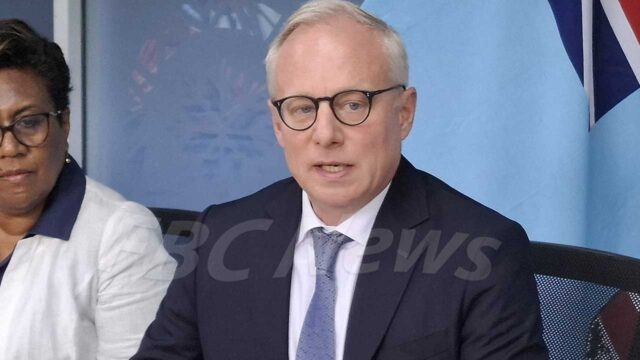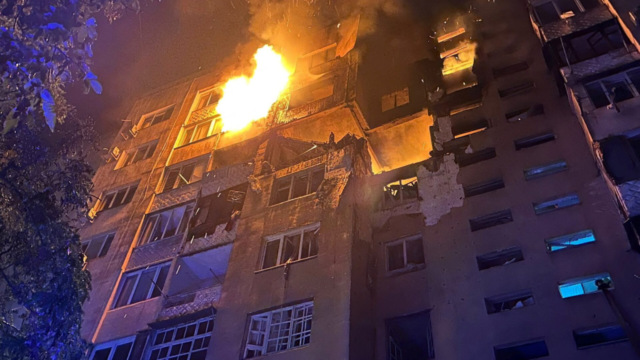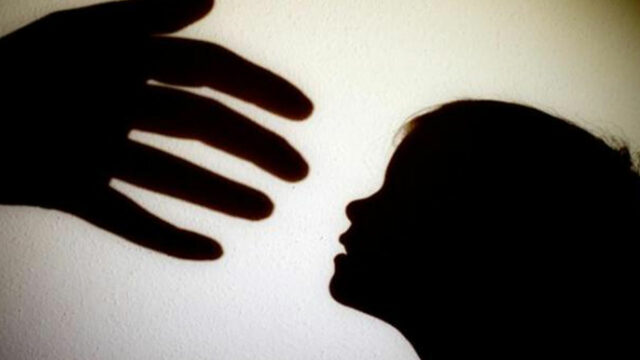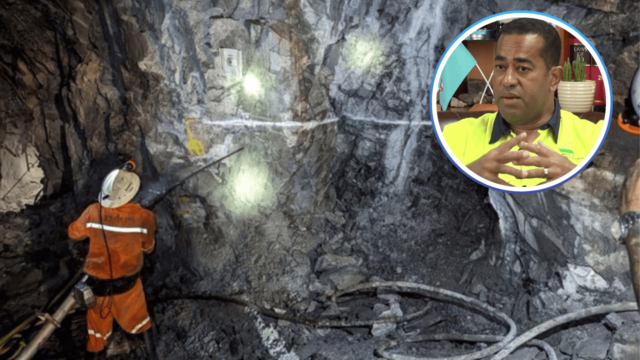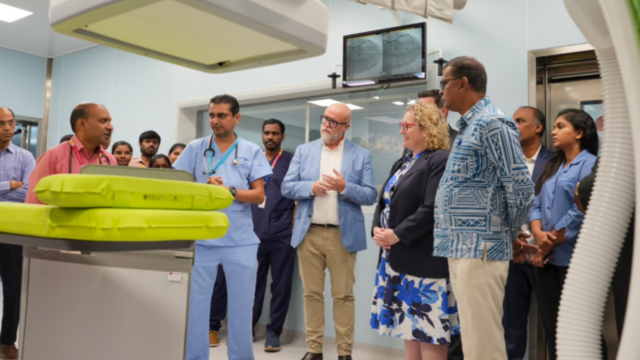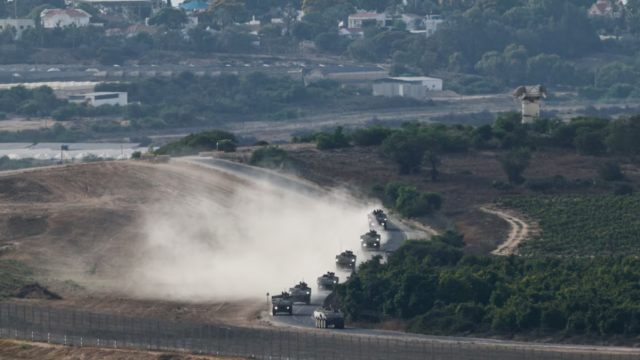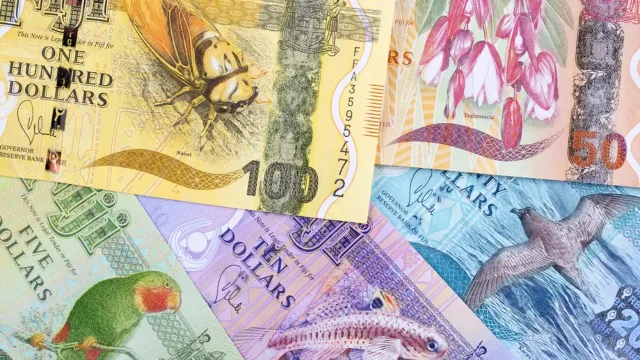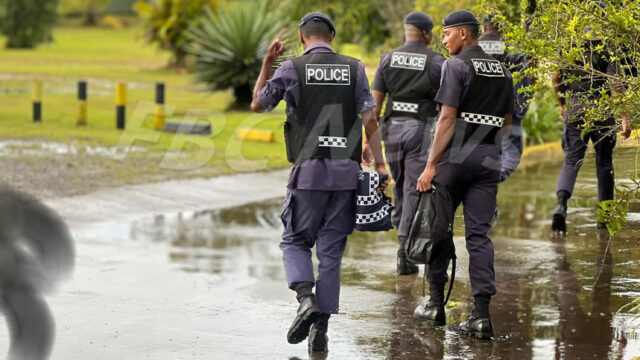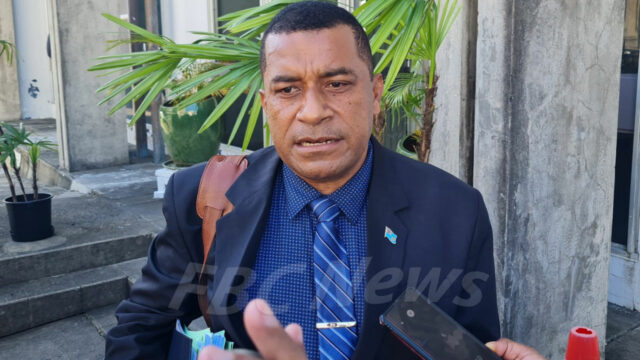
In a mission to help safeguard people from the impacts of natural disasters, Fiji has taken a significant stride to set up its own Multi-Hazard Early Warning System.
The government, through the National Disaster Management Office, has been selected to develop a proposal for the establishment of a MHEWS from the Green Climate Fund.
Acting Permanent Secretary for Rural and Maritime Development and Disaster Management, Salaseini Daunabuna emphasized the necessity to incorporate measures to address the risks posed by natural disasters, during her address at the Update Workshop on the proposal for the development of Fiji’s Multi Hazard Early Warning System.
“This proposed comprehensive multi-hazard early warning system is our defense against such adversities, enabling us to prepare, respond, and mitigate the impact of these hazards. This aligns with our National Disaster Risk Reduction Policy, which promotes adapting and building resilience against multiple risks, including climate change impacts.”
Daunabuna says Fiji has endured numerous natural disasters, which has caused fatalities and even forced the displacement of Fijians.
According to Asian Development Bank’s report shared by Daunabuna, Fiji is projected to suffer losses amounting to 4 percent of the annual GDP by 2100 due to climate change, which has a negative impact on the economy.
The Acting Permanent Secretary says the Update Workshop on the proposal for the development of Fiji’s Multi Hazard Early Warning System, aims to discuss opportunities for consideration under the Green Climate Fund.
Fiji has been selected along with six other countries to receive support to develop a full proposal for the setup of its own MHEWS from the Green Climate Fund.
The process will be supported by the UNDP, in collaboration with other lead agencies for the EW4All initiative; World Meteorological Organization, United Nations Office for Disaster Risk Reduction, International Telecommunication Union and International Federation of Red Cross.
Stream the best of Fiji on VITI+. Anytime. Anywhere.


 Simione Tuvuki
Simione Tuvuki 





